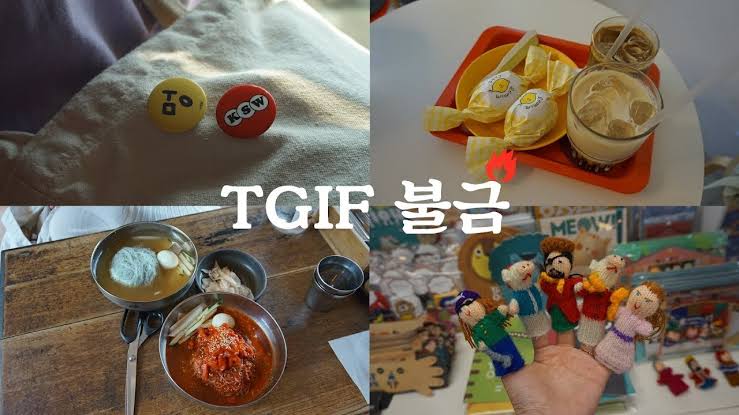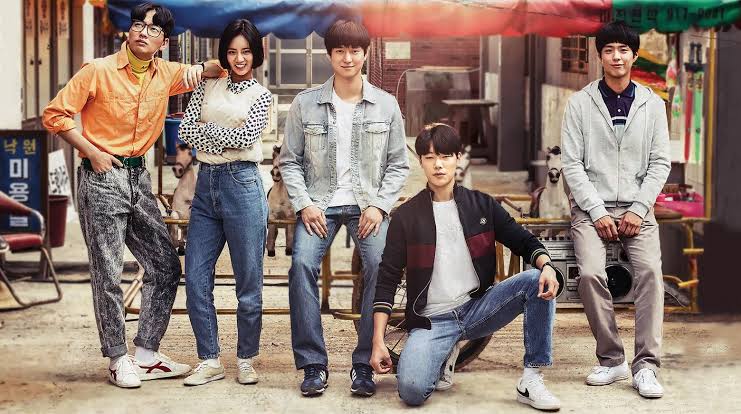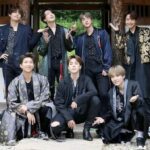Annyeonghaseyo chingudeul! Are you familiar with popular Korean slangs among teenagers lately? It sounds cool if you try to speak with slang, especially when you talk to buddies. We know that Korean language has some levels which are formal, informal or casual, and banmal. We use banmal commonly for daily conversation with friends, younger persons, or the closest ones in personal. Young generations also introduce Korean slangs and they even create the new slangs. It sounds cool for sure. Let’s find out some Korean slangs so you can act cool like Korean cool kids!
1. 현웃 (Hyeonut) – Korean Slangs for LOL

현웃 (hyeonut) is a combination of two shortened phrases. This term derives from 현실에서 (hyeonsireseo) which literally means ‘actually’ combined with 웃음 (useum) which means to laugh. Seeing from its context, we can say this term has similar meaning with LOL in English. 현웃 (Hyeonut) is commonly used when you are watching very funny video or chatting in SNS. Try to use 현웃 (hyeonut) instead of ㅋㅋㅋㅋ (kkkk) to react the funny things that make you laugh out loud!
2. 행쇼 (Haengsyo)

Image Source: TV-People Youtube channel
You probably already got the clue from this term. Yepp, the clue is in 행 (haeng). This slang is quite popular and mostly used when talking to friends. It is a shortened imperative sentence from 행복하십시오 (haengbokhasipsio) which means to be happy. Say 행쇼 (haengsyo) to cheer up your buddies whenever they feel blue or upset.
3. 짤 (Jjal) – Korean Slangs from Internet Terms
Two Korean Slangs above are commonly used in daily conversation. 짤 (Jjal) is one of Korean slangs found in internet. It means photo, same with 사진 (sajin). If we type certain keywords in the search engine, we will find 짤 (jjal) in the related searches. We will also find 움짤 (umjjal) which means animated picture (GIF).
4. 꿀팁 (Kkultip)
꿀팁 (Kkultip) is a combination of 꿀 (kkul) that means honey and 팁 (tip) that means tips or advice. Wait, we can’t define the term 꿀 (kkul) denotatively. It has connotative meaning to express the great or extraordinary things. We commonly use the term gold or golden to represent something great or super in English. However, we use the term honey in Korean. So, you can use the term꿀팁 (kkultip) when someone gives the great tips, and unconventional for sure!
5. 불금 (Bulgeum)

불금 (Bulgeum) is a combination of 불 (bul) that means fire and 금요일 (geumyoil) that means Friday, then shortened to 불금 (bulgeum). This is Korean version of TGIF (Thanks God, It‘s Friday!). 불금 (Bulgeum) is an expression of the excitement as weekend is coming. We all agree that we wait for Friday so badly since tomorrow we will face the exciting weekend.
6. 깜놀 (Kkamnol)
This term has similar patterns with Korean Slangs above. 깜놀 (kkamnol) derives from two shortened phrases, 깜작 놀라다 (kkamjag nollada) which means to be surprised or shocked. We use this term when we suddenly feel shocked or surprised.
7. 뇌섹남 (Noesengnam) – Popular Korean Slangs

뇌섹남 (Noesengnam) derives from three phrases: 뇌 (noe) means brain + 섹시하다 (seksihada) means sexy + 남자 (namja) means man. This term is one of popular Korean slangs among youths. 뇌섹남 (Noesengnam) is way to describe an attractive and smart man. Wow, sounds perfect, right?






